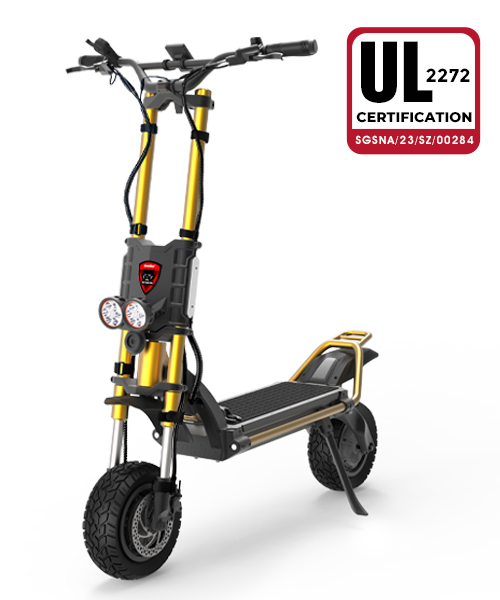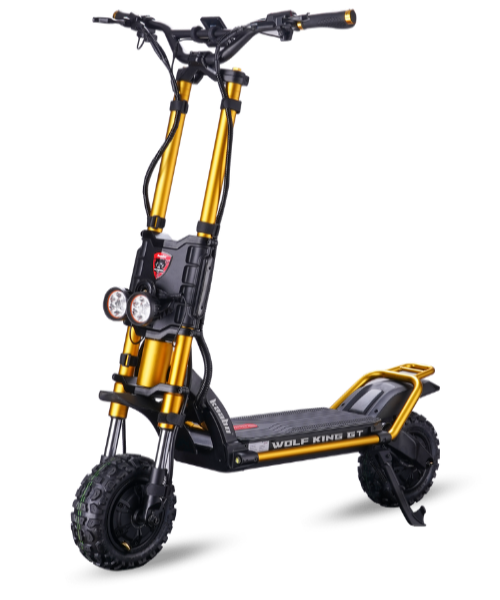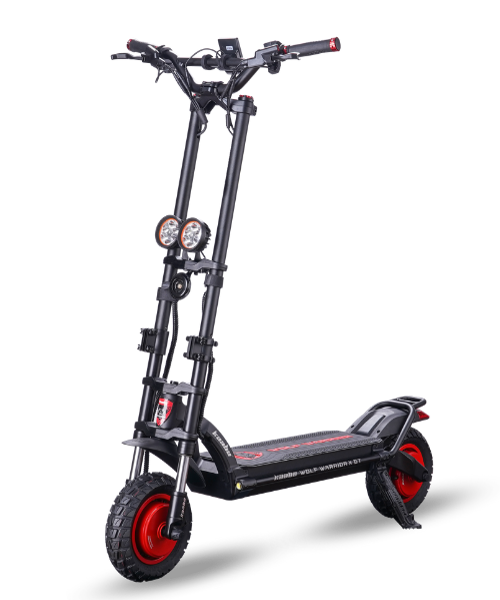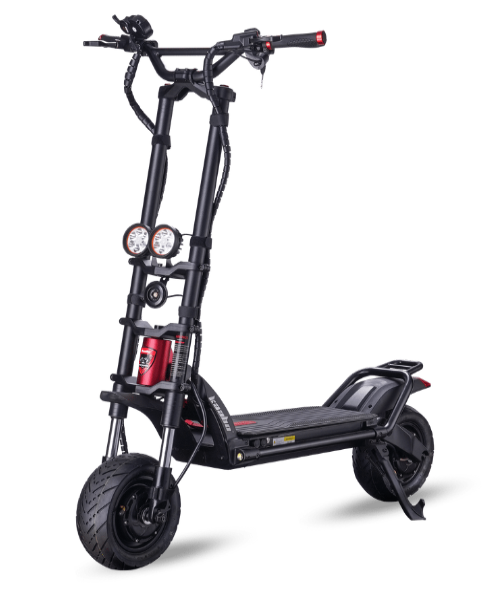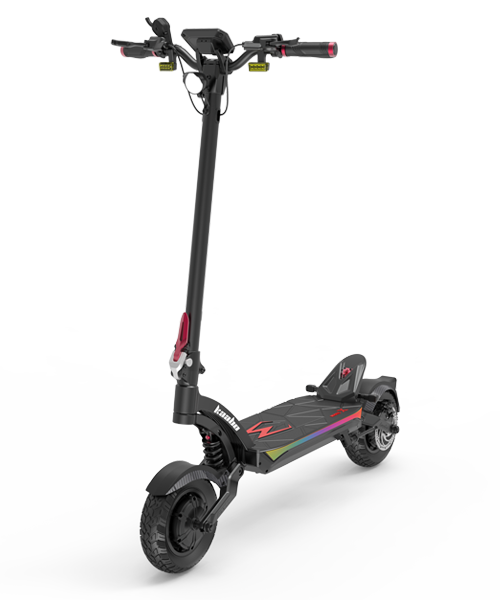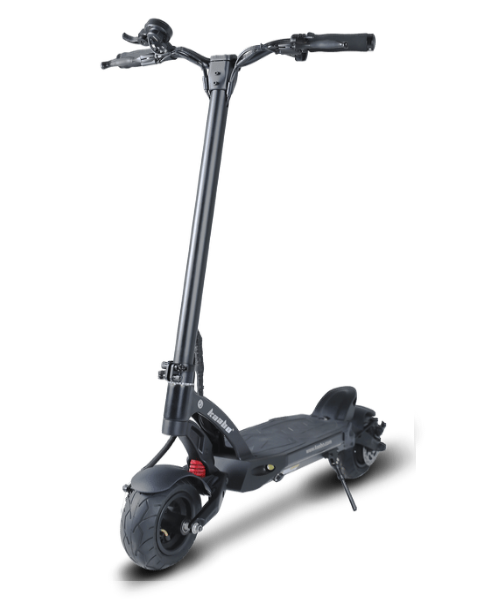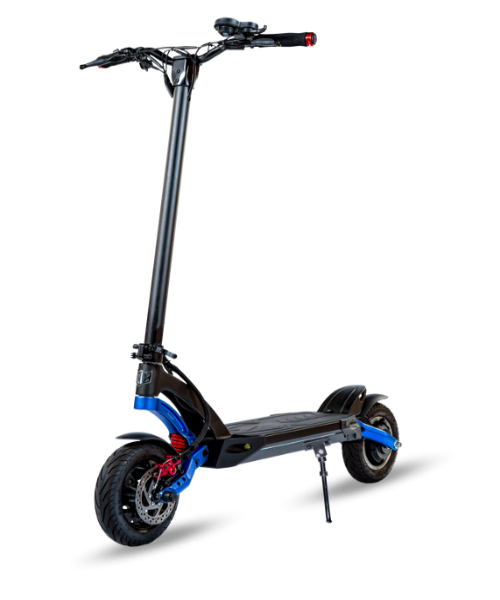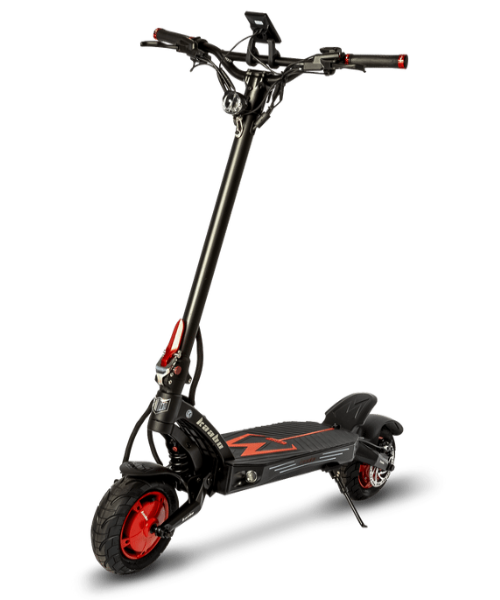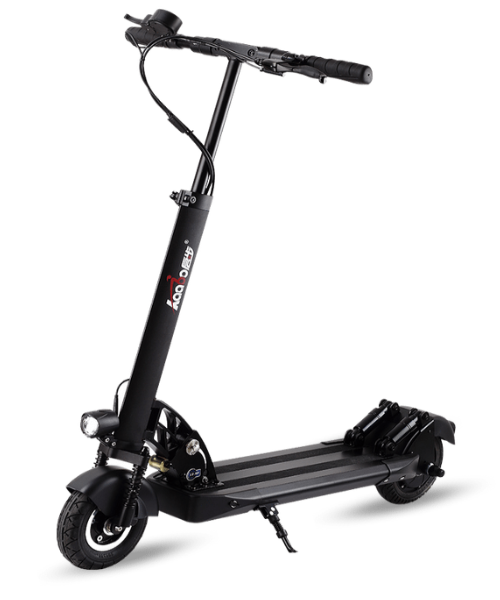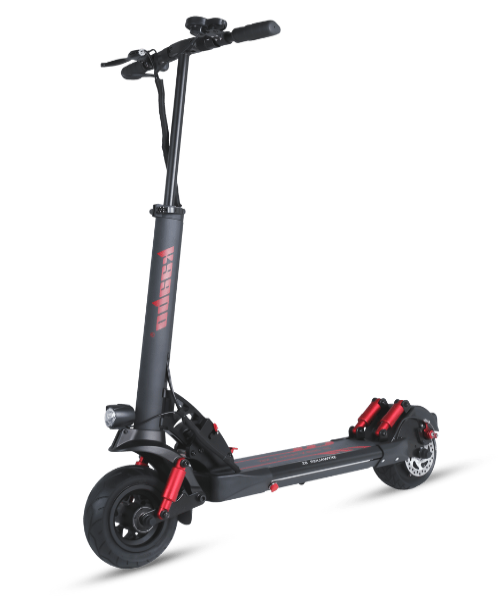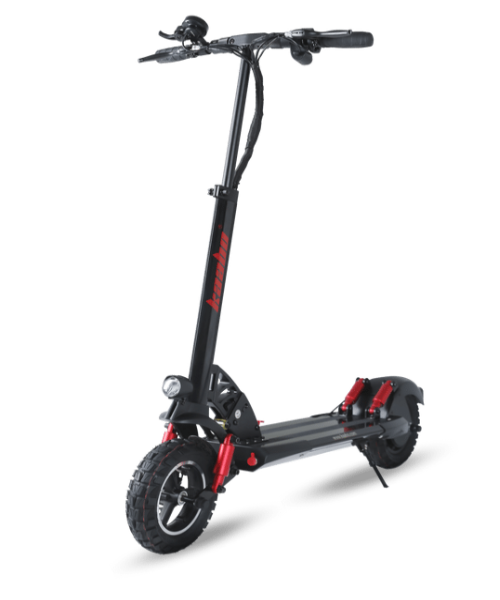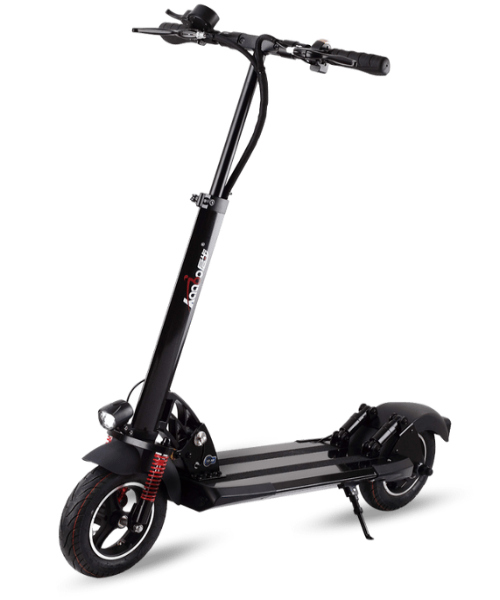
Riding an electric scooter is all about convenience, speed, and fun—but did you know that maintaining the correct tire pressure is one of the most important factors that can influence your ride? Proper electric scooter tire pressure isn’t just a detail—it’s the key to ensuring your scooter performs at its best, lasts longer, and keeps you safe on the road. In this guide, we’ll walk you through everything you need to know about maintaining the right tire pressure for your electric scooter, with detailed tips, insights, and expert advice.
Why Tire Pressure Matters for Electric Scooters
Tire pressure plays a crucial role in how your electric scooter performs. From improved handling to better safety and increased battery life, the right tire pressure is essential. Here’s why:
- Performance and Handling: When your tire pressure is optimal, your scooter grips the road better. You’ll experience smoother acceleration, braking, and cornering. On the flip side, underinflated or overinflated tires can cause poor handling, making the scooter feel sluggish or jittery.
- Safety: Safety is paramount, and improper tire pressure can lead to a higher risk of accidents. Underinflated tires can cause uneven wear, potentially leading to a tire blowout. Overinflated tires, on the other hand, reduce traction, increasing the risk of skidding, especially in wet conditions.
- Extended Tire Life: Properly inflated tires wear evenly, meaning you won’t need to replace them as often. Underinflated tires tend to wear out quicker and unevenly, costing you more in the long run.
- Battery Efficiency: Did you know that correct tire pressure affects your scooter’s battery life? Underinflated tires increase rolling resistance, causing your scooter to work harder and, in turn, draining the battery faster. Keeping your tires at the right pressure ensures optimal energy efficiency.
- Comfort: With the right tire pressure, you’ll enjoy a more comfortable ride. Underinflated tires can cause your scooter to feel bouncy and rough, while overinflated tires can make the ride feel harsh and rigid.
How to Check and Adjust Your Electric Scooter Tire Pressure
Ensuring your tires are at the right pressure is a simple task that every scooter owner should regularly perform. Follow these steps:
1. Find the Recommended Tire Pressure
The ideal electric scooter tire pressure varies depending on your scooter model and the type of tires you have. Most scooters, including models like the Kaabo Wolf Warrior and Kaabo Mantis, list the recommended tire pressure in their user manuals or on the sidewalls of the tires. Typically, the pressure is measured in PSI (pounds per square inch). As a general rule:
- Pneumatic tires (air-filled) usually require between 30 to 50 PSI.
- Tubeless tires can have slightly higher pressures depending on the design.
Always check the manufacturer’s recommendations, as exceeding the recommended tire pressure can compromise your scooter’s safety and performance.
2. Use a Reliable Pressure Gauge
You’ll need a pressure gauge to check your tire pressure accurately. Portable digital pressure gauges are affordable and easy to use. Just attach the gauge to the tire’s valve stem and get an instant reading.
3. Inflating Your Tires
If your tires are underinflated, you’ll need a pump. Many riders use either a manual hand pump or an electric pump. For ease of use, electric pumps with automatic stop features are ideal—they allow you to set the desired PSI, and the pump stops once that pressure is reached.
4. Deflating Overinflated Tires
If you’ve overinflated your tires, release some air by pressing down on the valve stem. Be careful not to let out too much air, as underinflated tires can cause handling issues and decrease battery efficiency.
Common Tire Pressure Mistakes Electric Scooter Riders Make
Even the most seasoned riders make tire pressure mistakes. Let’s explore a few common errors and how to avoid them:
1. Neglecting Regular Checks
Tire pressure changes over time, especially with temperature fluctuations and regular use. Many riders make the mistake of assuming their tires are fine without checking regularly. Ideally, check your tire pressure once a week, or at least before a long ride.
2. Overinflating for a Smoother Ride
Some riders think overinflating their tires will result in a smoother ride, but that’s a misconception. Overinflated tires actually reduce traction and absorb less shock from bumps, making the ride more uncomfortable.
3. Not Accounting for Rider Weight
A heavier rider puts more pressure on the tires, so you may need to adjust your tire pressure accordingly. For example, if you weigh over 200 lbs, you may need to inflate the tires slightly above the recommended PSI to compensate for the extra weight.
4. Ignoring Temperature Changes
Tire pressure naturally fluctuates with temperature changes. Hot weather can cause tire pressure to increase, while colder temperatures can cause it to drop. Make sure to adjust your tire pressure accordingly based on the climate and season.
Choosing the Right Tires for Your Electric Scooter
When it comes to electric scooter tires, you generally have two options: pneumatic (air-filled) tires and solid tires. Each has its pros and cons, and the type you choose will affect how you manage tire pressure.
1. Pneumatic Tires
Pneumatic tires are the most common and offer better shock absorption and handling. However, they require regular maintenance and pressure checks. If you’re looking for a smooth ride with optimal performance, pneumatic tires are the way to go.
Pros:
- Better grip and handling
- Smooth ride over uneven surfaces
- Offers better shock absorption
Cons:
- Requires regular pressure checks
- Prone to punctures
2. Solid Tires
Solid tires are maintenance-free, but they don’t offer the same level of comfort as pneumatic tires. They don’t require pressure checks, but they also provide less shock absorption.
Pros:
- No need to worry about pressure or punctures
- Maintenance-free
Cons:
- Stiffer ride, less comfortable on rough terrain
- Less grip in wet conditions
The Impact of Road Conditions on Tire Pressure
Not all roads are created equal, and different surfaces can affect your tire pressure needs. Here’s how road conditions impact your tire pressure:
- Smooth Pavement: If you’re primarily riding on smooth roads, stick to the manufacturer’s recommended tire pressure for optimal performance.
- Bumpy or Uneven Terrain: Lowering your tire pressure slightly can help your scooter absorb more shocks, providing a smoother ride on rough surfaces.
- Wet or Slippery Roads: For wet conditions, you want maximum traction. Lower tire pressure can increase the contact patch with the road, improving grip.
How to Extend the Life of Your Scooter Tires
Maintaining your electric scooter’s tire pressure is just one part of extending tire life. Here are a few other tips to help you get the most out of your tires:
- Rotate Your Tires: Just like with a car, rotating your scooter’s tires can help them wear more evenly. If your scooter allows it, switch the front and back tires every few months.
- Avoid Overloading: Carrying more weight than your scooter is designed for will wear out your tires faster. Stick to the manufacturer’s weight limits to preserve tire longevity.
- Ride Smoothly: Aggressive riding (like hard braking or rapid acceleration) can cause your tires to wear out faster. Ride smoothly and avoid sudden stops to extend tire life.
- Inspect for Damage: Regularly check your tires for cuts, punctures, or embedded debris. Catching damage early can prevent bigger issues down the road.
FAQs: Electric Scooter Tire Pressure
1. How often should I check my electric scooter tire pressure?
You should check your tire pressure at least once a week or before any long rides. Regular checks help ensure your tires are properly inflated, improving performance and safety.
2. What happens if I ride with low tire pressure?
Riding with low tire pressure increases rolling resistance, making your scooter less efficient. It can also cause uneven tire wear and potentially lead to a blowout.
3. Does rider weight affect tire pressure?
Yes, heavier riders may need to inflate their tires slightly above the recommended PSI to compensate for the additional weight on the tires.
4. Can I use the same tire pressure in all weather conditions?
No, you should adjust your tire pressure based on weather conditions. Cold weather can reduce tire pressure, while hot weather can increase it. Adjust accordingly to maintain optimal performance.
5. How do I know if my tires are overinflated?
If your scooter feels overly bumpy or the tires have less grip on the road, they may be overinflated. Use a pressure gauge to ensure the tires are within the recommended PSI range.
Wrapping Up: Ride Smart with the Right Tire Pressure
Maintaining the right electric scooter tire pressure is crucial for safety, performance, and durability. By regularly checking your tire pressure, choosing the right tires for your needs, and adjusting your inflation levels based on road conditions and weight, you’ll not only enjoy a smoother ride but also extend the life of your scooter.
For more expert advice on electric scooters, check out the resources available at Kaabo USA or visit the Kaabo Wolf Warrior page for information on performance models. Whether you’re a daily commuter or a weekend rider, staying on top of your tire maintenance will make all the difference.








































































